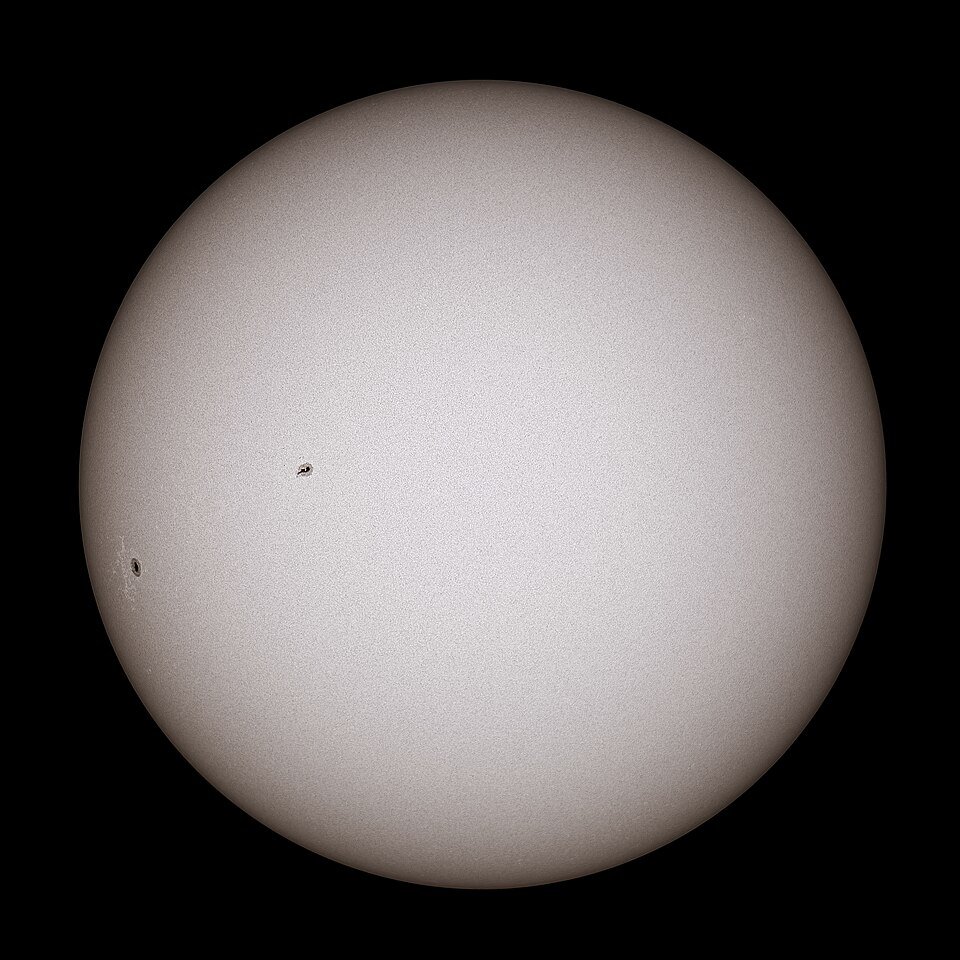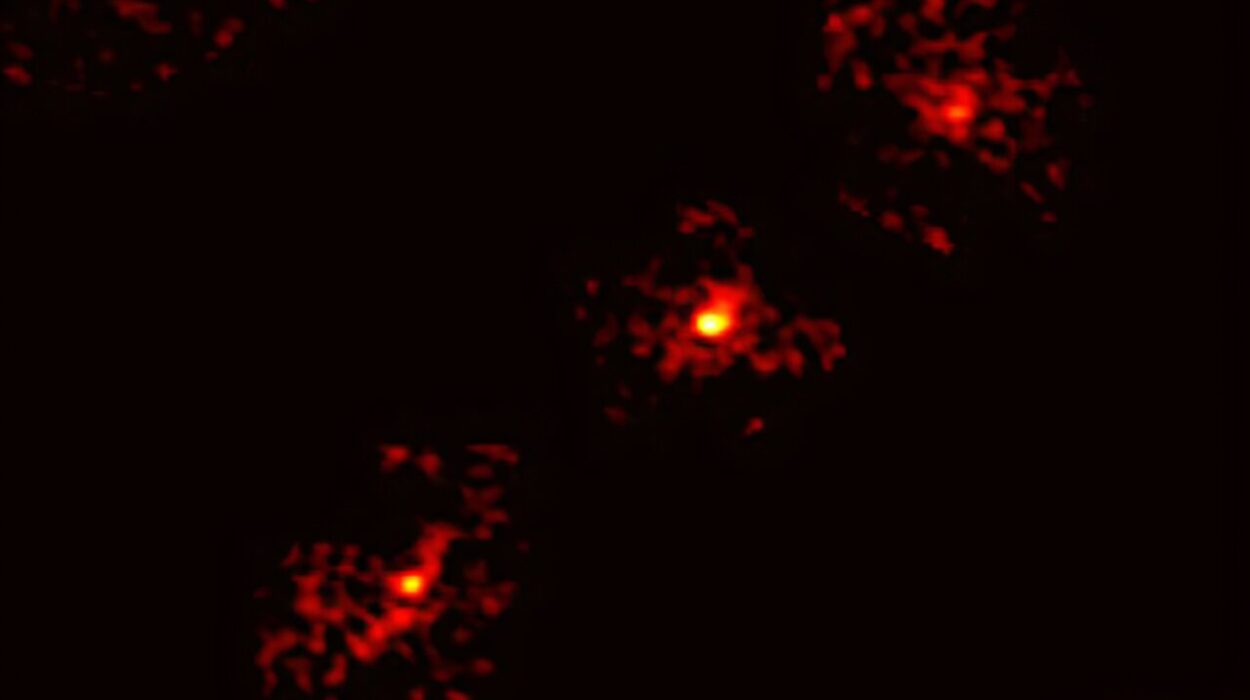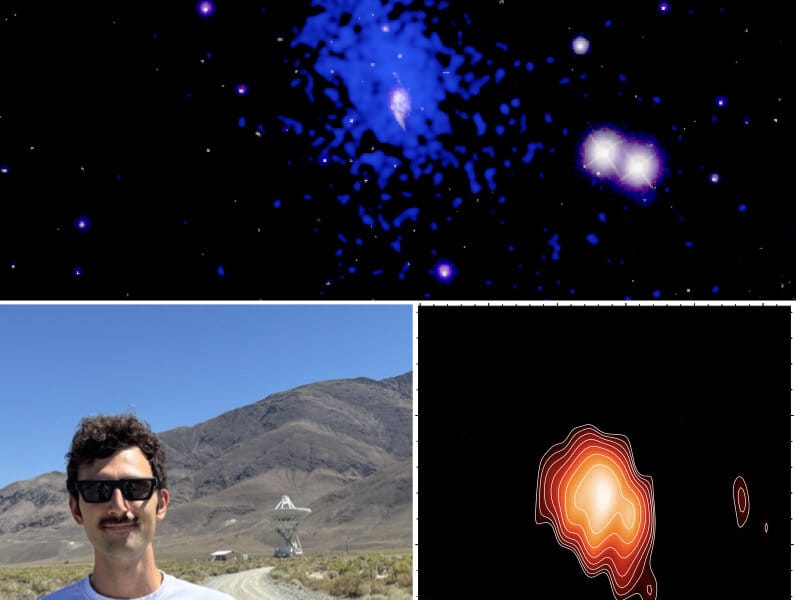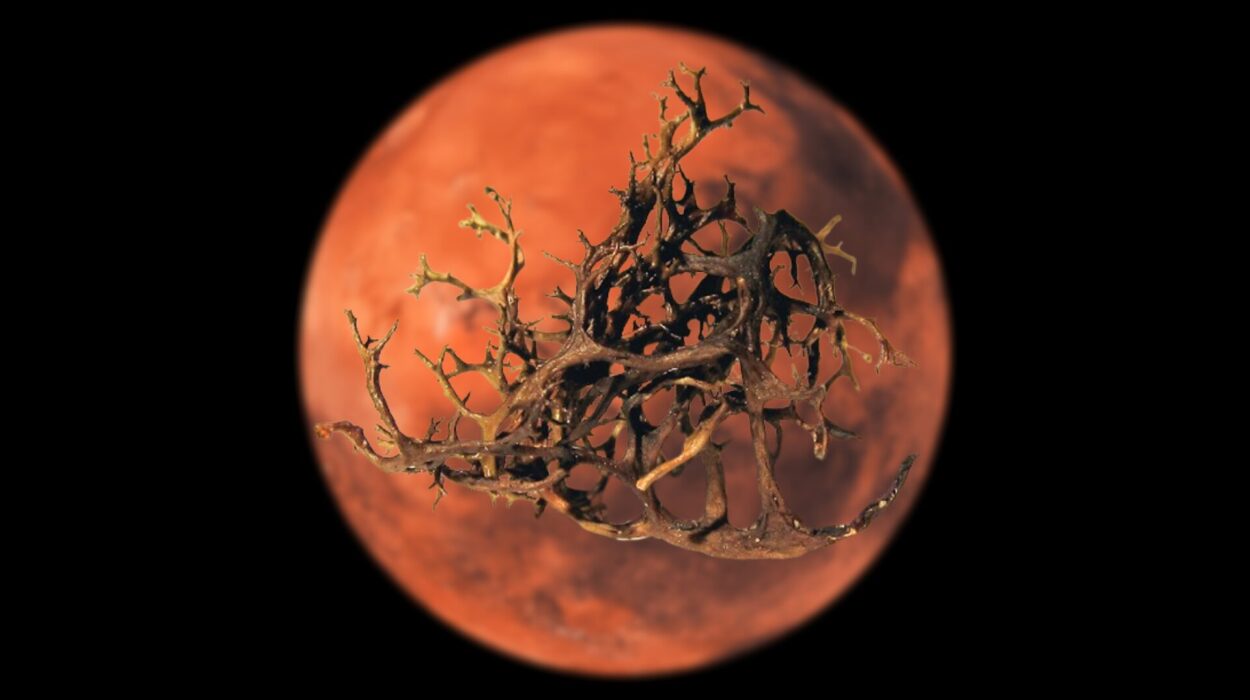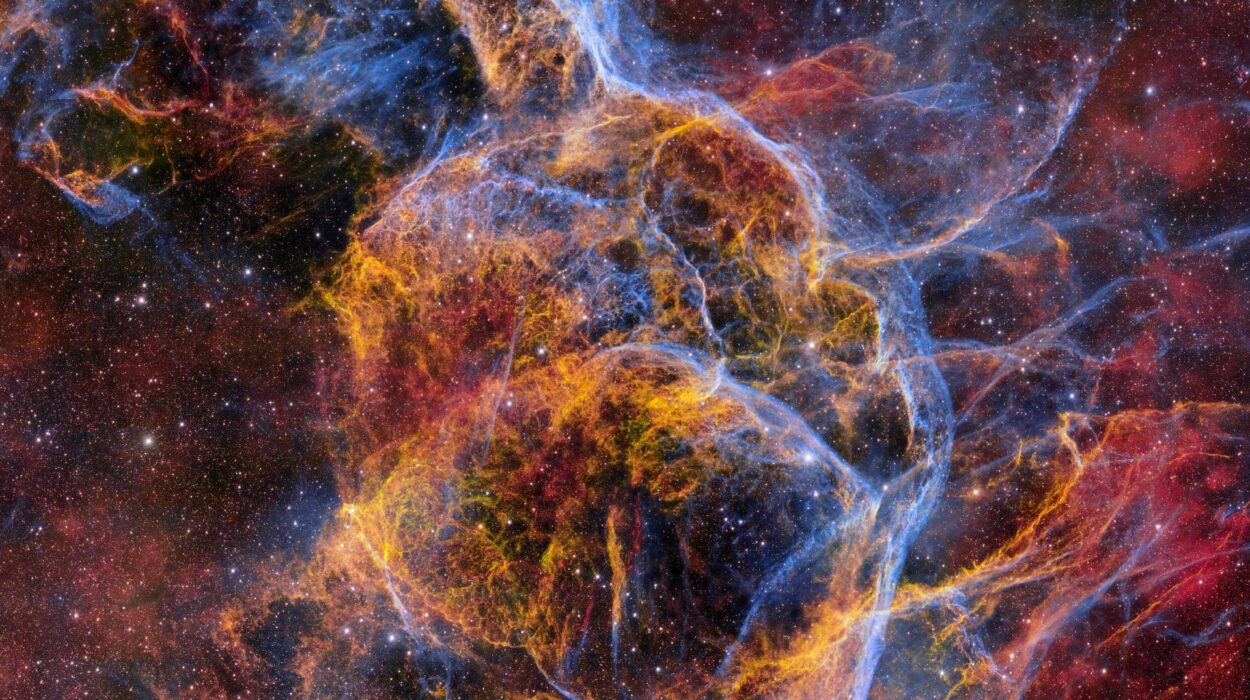For over four billion years, the Sun has been our life-giver—an immense, blazing furnace of nuclear fire that warms our world, powers our ecosystems, and shapes the rhythm of life on Earth. Every dawn is a silent promise that the Sun is still burning, that life can continue for another day. We take this for granted. We live beneath its glow, bathe in its light, and scarcely give thought to the fact that stars, like all things, are mortal. Even our Sun, that reassuring constant in our sky, has an expiration date.
But what happens when the Sun dies? Not just dims or falters for a day, but dies—an end of endings. Could we, fragile creatures clinging to the thin film of life on a single rocky world, possibly endure the death of the star that made us?
The answer isn’t simple. It lies somewhere between “unlikely” and “maybe,” with a healthy dose of imagination, technology, and a dash of hope. Let’s journey into the distant future to explore what the death of the Sun might look like—and whether humanity could possibly survive its demise.
The Clock is Ticking—Understanding the Life Cycle of the Sun
Before we talk about surviving the death of the Sun, we need to understand exactly what we’re up against. The Sun is not eternal, but it’s far from short-lived by cosmic standards. It’s a middle-aged star—a G-type main-sequence star, to be precise—halfway through its stable life, known as the “main sequence” phase.
For the last 4.6 billion years, it has fused hydrogen atoms into helium in its core, releasing unimaginable amounts of energy as light and heat. But this process isn’t sustainable forever. Eventually, the hydrogen fuel in the core will run out. And that’s when things get… interesting.
The Red Giant Phase (In About 5 Billion Years)
Once the Sun’s core is depleted of hydrogen, it will collapse under its own gravity. This collapse will heat up the core and cause the outer layers to swell enormously. The Sun will expand into a red giant, its outer envelope ballooning out past the orbits of Mercury and Venus—possibly even engulfing Earth. The oceans will boil away. The atmosphere will be stripped. The surface of Earth will be scorched and sterilized long before it’s physically consumed.
White Dwarf and Cooling Embers (After 6–7 Billion Years)
After shedding its outer layers into a stunning planetary nebula, the Sun’s core will remain behind—a dense, smoldering white dwarf, roughly the size of Earth but with half the Sun’s mass. It will shine faintly as it cools over billions of years, eventually becoming a cold, dark black dwarf (though the universe isn’t old enough for any black dwarfs to exist… yet).
This entire stellar death process takes billions of years. But for humanity, the big problems start well before the Sun physically “dies.”
When Does the Earth Become Uninhabitable?
You might be thinking, “Cool, we’ve got five billion years before the Sun goes red giant. What’s the rush?” Unfortunately, the Sun’s increasing brightness makes things tricky. It’s growing hotter and brighter by about 10% every billion years. That’s not a huge problem… until it is.
The Habitable Zone Moves Outward
In just a billion years or so, Earth’s surface temperatures will rise enough to trigger a runaway greenhouse effect—much like what happened on Venus. Oceans will evaporate. Water vapor will become a potent greenhouse gas, trapping more heat. The cycle will accelerate until Earth becomes a hellscape. The atmosphere will strip away over time. Plants and animals will die off. Life, if it survives at all, will be relegated to deep underground or deep-sea environments.
So, realistically, we’re looking at about a billion years before the Earth becomes uninhabitable from natural solar changes alone.
But let’s not panic. A billion years is a long time. If humanity can survive the next thousand years (no small task, given our self-destructive tendencies), who knows what we could accomplish in a million, let alone a billion?
Surviving the Death of the Sun (Theories and Possibilities)
Now to the real question: Could we survive? Let’s explore the most popular—and wildly imaginative—ideas.
1. Moving the Earth (The Great Planetary Exodus)
One bold idea is to move Earth itself. If the habitable zone is moving outward, maybe we move with it. Scientists have theorized that by harnessing gravitational slingshots around large asteroids or even using massive solar sails, we could gradually shift Earth’s orbit outward, keeping it in the comfortable Goldilocks zone.
How?
- Asteroid Flybys: Carefully steer large asteroids to swing past Earth in just the right way to “nudge” its orbit.
- Massive Rockets or Engines: Called “Shkadov thrusters” or “stellar engines,” these hypothetical megastructures could slowly shift Earth’s orbit.
Challenges?
- Moving an entire planet is no joke. It would take millennia of meticulous effort. One wrong move, and we either crash into something or fly off into deep space.
- Even if we succeed, the Sun’s red giant phase will eventually engulf the habitable zone itself.
2. Building Artificial Habitats (Space Arks and Dyson Swarms)
Why cling to Earth at all? If Earth is doomed, maybe we pack up and leave. Constructing enormous space habitats—self-sustaining, closed ecosystems that can support millions or billions of people—is a favorite concept in science fiction and real scientific speculation.
O’Neill Cylinders, Stanford Tori, and Bernal Spheres are classic ideas for such habitats. They’d rotate to create artificial gravity, use advanced life-support systems, and float freely in space or orbit distant stars.
Or better yet, we could create a Dyson swarm: a vast collection of energy-collecting satellites encircling another star, giving us abundant energy and places to live.
Challenges?
- Enormous resources are required. We’d need to mine entire planets and asteroids.
- Creating stable ecosystems on this scale is incredibly complex.
- Psychological effects of living in space could be profound.
3. Colonizing Other Planets and Moons
Mars is often mentioned as a second home. With enough terraforming (warming it up, thickening its atmosphere, importing water), it could support life. Further out, the moons of Jupiter (Europa, Ganymede) or Saturn (Titan, Enceladus) are also intriguing.
But colonizing planets in our Solar System only delays the inevitable. Once the Sun goes red giant, all bets are off.
4. Interstellar Travel (Finding a New Sun)
The most daring option: leave the Solar System entirely and find a new home around another star. There are billions of stars in our galaxy, many with Earth-like planets. If we could get to one of them, we could have a fresh start.
Ideas for Interstellar Travel:
- Generation Ships: Massive spacecraft where generations of humans live and die en route to a distant star.
- Cryosleep: Put people into suspended animation for thousands of years.
- Warp Drives: Theoretical physics allows for faster-than-light travel via warped space, though this remains science fiction for now.
- Laser Sail Ships: Proposals like the “Breakthrough Starshot” suggest using powerful lasers to push lightweight spacecraft to nearby stars in a matter of decades.
Challenges?
- Vast distances. The closest star system, Alpha Centauri, is over 4 light-years away.
- We need propulsion systems that don’t exist yet.
- What if we get there and the planet isn’t hospitable after all?
Living Without a Sun (The Long Twilight)
What if we never leave? Could humanity survive on Earth—or somewhere nearby—even after the Sun dies?
1. Subterranean or Sub-Oceanic Habitats
As surface conditions deteriorate, life might continue underground. Geothermal energy could provide heat. Artificial light could sustain agriculture. The ocean depths, insulated from surface calamities, could host colonies near hydrothermal vents, which already support life forms in Earth’s deep oceans.
2. Fusion Reactors as Mini-Suns
If we master nuclear fusion—the process that powers the Sun—we could create our own little stars on Earth. Fusion reactors could provide almost unlimited energy, heating our habitats and providing power for artificial ecosystems.
But fusion is tricky. We’ve been chasing it for decades without yet achieving a stable, energy-positive fusion reaction. But if we have a billion years, who knows?
3. Black Dwarfs and Stellar Remnants
In the far future, stars will fade into black dwarfs. But humanity (or its descendants) might find a way to tap into other forms of cosmic energy: the gravitational pull of black holes, Hawking radiation, and even zero-point energy (hypothetical energy from quantum fluctuations).
The Evolution of Humanity (Or Whatever Comes Next)
One crucial factor in this discussion: it may not be “us” that survives.
Given billions of years of evolution (or technological enhancement), humanity could change into something very different. Perhaps we evolve into post-human beings, cybernetic organisms, or digital consciousnesses living in computer simulations. Without the constraints of biology, these future beings might not need a star at all.
If we upload ourselves into machines, we could live on asteroid computers powered by starlight or fusion reactors. Or migrate across the cosmos as data, moving from system to system.
The death of the Sun might not be a problem for such entities—it might be irrelevant.
Ethical and Philosophical Questions
Even if we could survive, should we? Some argue that humanity’s survival in the face of cosmic inevitabilities raises profound ethical questions.
- Do we have the right to terraform other worlds, potentially destroying alien ecosystems?
- Should we focus on living harmoniously on Earth rather than dreaming of distant futures?
- If we become something post-human, what does it mean to be “us”? Is survival worth it if we are no longer human?
These questions don’t have easy answers. But they remind us that survival isn’t just about technology—it’s about values, identity, and purpose.
Conclusion: Dancing with Eternity
Could humanity survive the death of the Sun?
We don’t know. But we do know this: if we have any hope of doing so, we need to start now. We need to protect our planet, master our technology, and learn to live together as a species. The death of the Sun is billions of years away, but the choices we make today shape whether we’ll even get to see that distant day.
Humanity’s story is just one chapter in the universe’s vast epic. Whether we burn out in a flash or dance with eternity is up to us.
Epilogue: Looking Up
Next time you stand under the night sky, think about the stars. Some are young, some old, some already dead but their light still travels to us. The Sun will one day be gone, but life—life is tenacious. If we choose, and if we strive, we might carry the flame of life far beyond this dying star.
And maybe, just maybe, somewhere in the darkness, humanity’s descendants will still be looking up, searching for their next sun.
